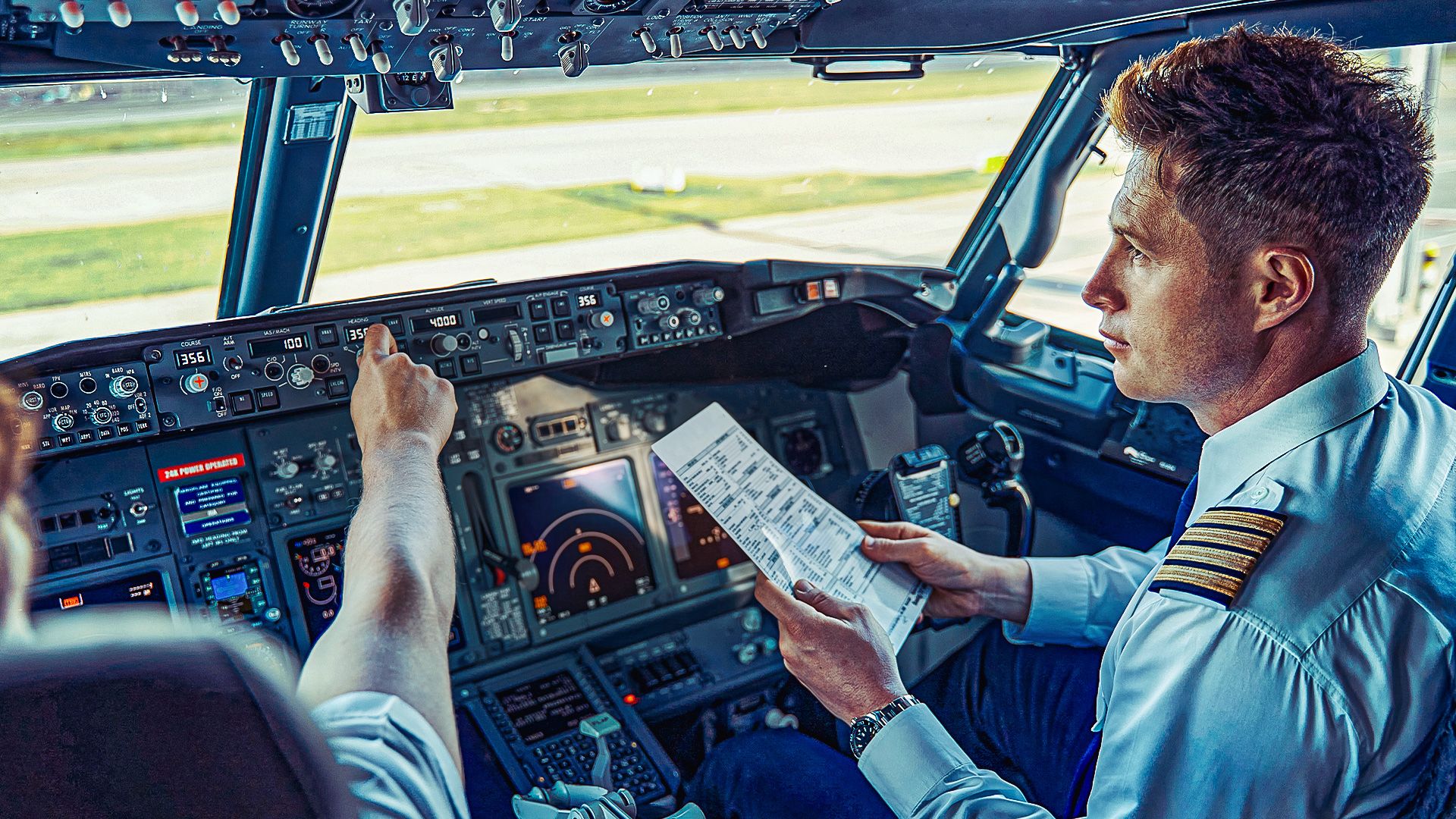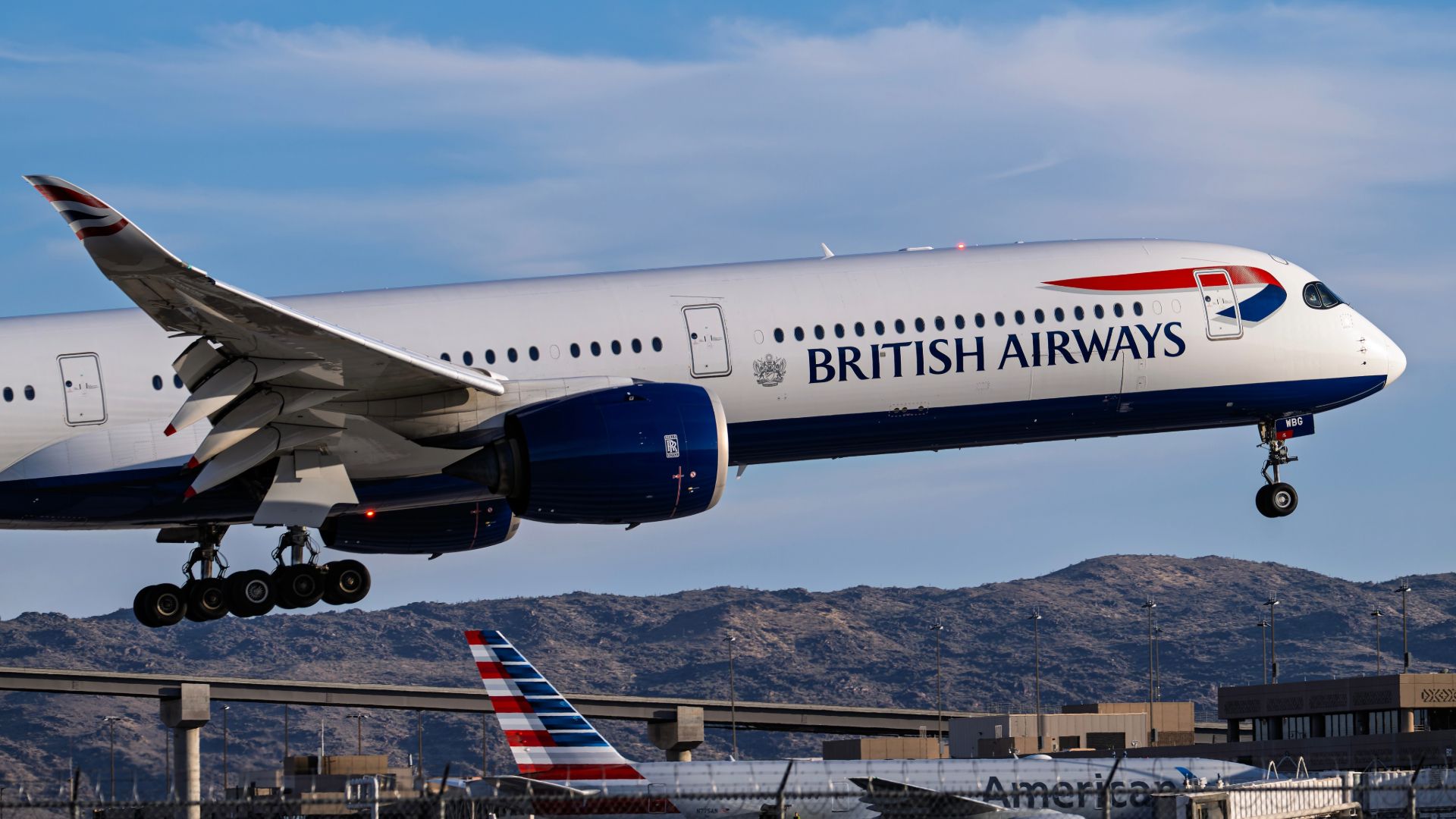The production of the Boeing 747, known as the “Queen of the Skies,” has officially ceased. The last aircraft rolled off the production line in December 2023, marking the end of an era for the widebody long-range airliner. Designed and manufactured by Boeing between 1968 and 2003, the 747 became a symbol of luxury air travel. However, shifts in aviation technology and changing market demands ultimately led to its discontinuation.
The decline in popularity of quad-jet aircraft like the 747 can largely be attributed to advancements in aircraft design. Modern twin-engine jets, which benefit from improved aerodynamics and composite materials, have demonstrated lower operating costs. The introduction of Extended Twin-Engine Operations (ETOPS) certification has enabled these aircraft to undertake transoceanic flights, a capability once reserved for larger quad-jets like the 747.
Historical Significance of the Boeing 747
The conception of the Boeing 747 traces back to the late 1960s when iconic airline Pan Am sought a larger aircraft to reduce seat costs. This request prompted engineer Joe Sutter to lead the design team for what would become the 747. The first flight took place on February 9, 1969, and the aircraft was certified by December of that year. On January 22, 1970, the 747 entered commercial service, heralding a new age in air travel.
Over its 56-year run, various models of the 747 were developed, including the 747-400 and 747-8, which became popular not only with passenger airlines but also with cargo carriers. The aircraft’s versatility made it a favourite for operations by companies like Atlas Air, which received the last 747 off the production line in January 2023 and continues to use it for cargo services.
Innovative Design and Testing
A key factor in the 747’s success was its use of high-bypass turbofan engines, which provided greater power while consuming less fuel compared to traditional turbojets. This innovation was developed in collaboration with Pratt & Whitney and became a significant selling point for the aircraft. The first 747 was delivered to Pan Am just 28 months after the design process began, significantly faster than the industry standard for such a complex aircraft.
The testing phase of the Boeing 747 included a trial evacuation using 560 volunteers to assess safety protocols. The initial attempts took longer than the mandated 90 seconds, leading to adjustments in the evacuation procedures. Despite these challenges, the aircraft successfully met safety standards, and the 747 went on to become a staple in airline fleets globally.
The aircraft’s introduction was marked by a ceremony at Washington Dulles International Airport, where Pat Nixon, the First Lady of the United States, officially christened the first passenger model. The 747 quickly established itself as a favourite among airlines, with Qantas becoming the first to operate a full fleet of the aircraft.
The Boeing 747 has served across all major US carriers, with Delta Air Lines being the last to retire the aircraft from its fleet in December 2017. The 747’s farewell tour included stops in cities such as Seattle-Tacoma and Atlanta, paying homage to its storied legacy.
While several airlines, including Lufthansa and Korean Air, continue to operate the Boeing 747, its overall use has diminished. The aircraft’s cargo variants remain crucial for companies such as Cargolux and UPS Airlines, which rely on its capacity for freight transport.
The impact of the Boeing 747 on air travel is monumental. It revolutionized the industry, making long-haul flights accessible to the middle class and enabling new international routes. The aircraft has become a cultural icon, symbolizing global connectivity and the evolution of air travel.
As the aviation industry shifts towards more efficient twin-engine aircraft, the 747’s legacy remains significant. It not only redefined air travel but also paved the way for the future of aviation with innovations in design and technology. While production has ceased, the Boeing 747 will continue to be remembered for its contributions to the world of aviation and the lasting impressions it has left on travelers worldwide.






